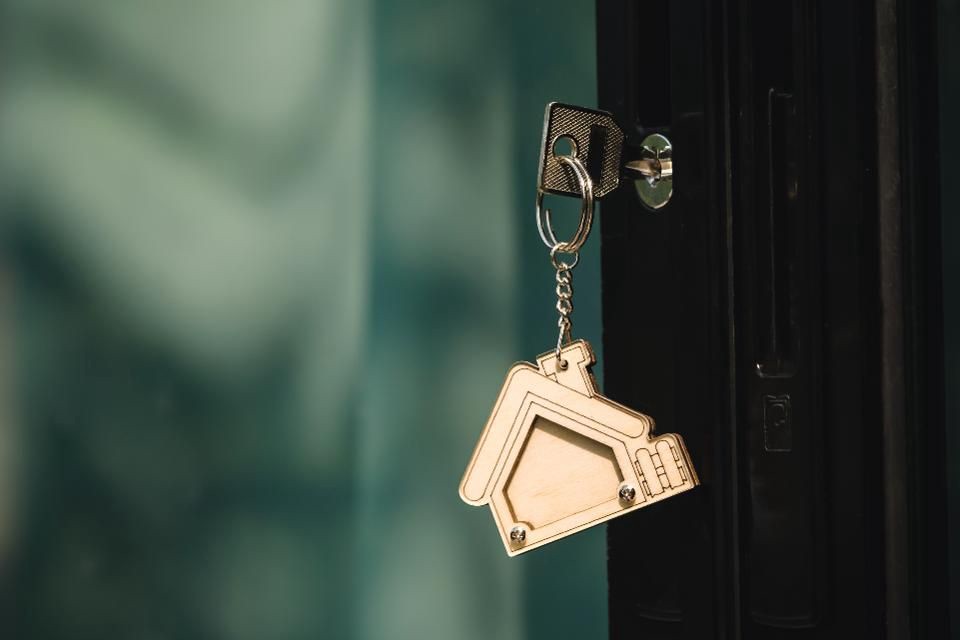We are living in unprecedented times. The coronavirus has seeped into nearly every aspect of our working and social lives; social distancing has become a watchword for American society. To protect ourselves, we’ve shut down our offices, closed down restaurants and limited our ventures outside to masked trips to the grocery store or local pharmacy. Millions of people have receded into the safety of their homes to wait out the crisis — and, in the process, posed an entirely new challenge to the landlords who are charged with maintaining a safe home environment for their renters.
Managing property is no easy feat during ordinary times, much less during a global pandemic. Property owners are responsible for a near-endless task list, from making sure that their rental units are livable and safe to juggling the taxes, utilities and maintenance of the building itself. In a pandemic, providing a haven for renters becomes critical not only for tenant health, but also for the well-being of the community at large — especially in places with dense populations.
Take my home city of New York as an example. In recent weeks, NYC has emerged as the epicenter of the pandemic; its infection rates have outstripped those in established hotspots like Wuhan and Italy. As of May 3, the city had experienced over 168,800 reported cases and over 42,900 hospitalizations. “These are just incredible numbers, depicting incredible loss and pain,” said Governor Andrew Cuomo in a daily news briefing.
Now, the only solace that many New Yorkers have is the security and comfort of their homes. As property managers and landlords, we need to step up and ensure that we do all that we can to maintain that sense of home during these uncertain times. Here are a few steps that all property managers can take to protect and support their tenants through this crisis.
Be Proactive About Sanitization
First, it’s essential to understand how this virus spreads. According to information published by the CDC, the virus transmits via respiratory droplets that an infected person spreads when they sneeze, cough or talk. People may also contract the infection by touching a shared surface or object that has been contaminated and conveying those germs to their mouth, nose or eyes.
Because of this easy transmission, property managers must take a proactive role in sanitizing common spaces as much as possible and increase the frequency of their cleaning rotations. Frequently trafficked spaces such as hallways, mailrooms and elevators should be a janitorial priority. It’s also worth considering temporarily closing high-risk recreational areas such as gyms, pools and business centers or, at the very least, adding hand sanitizer stations or antibacterial soap to all shared spaces. Your tenants want to protect themselves from disease, so give them the tools to do so.
Provide Updates On What You’ve Done to Protect Your (Apartment) Community
In times of uncertainty, information is critical. Tenants need to know what you’re doing to protect them, both for their peace of mind and to prevent any potential misunderstandings before they occur.
For instance, managers for larger communities may decide to ask their office staff to close the rental office and handle their usual administrative work from home as a way to cut down on the spread of disease. However, a tenant who prefers to drop their rent check off in person might be alarmed when they realize that the office is locked. Make the transition as easy as possible for everyone: When you decide to change a service that residents rely on, communicate those changes clearly via email or mail.
Other service changes may include limiting maintenance visits to pressing issues and providing tenants with the means to pay rent online, rather than via check. These, of course, will depend on the scale of your operation.
It may also help to provide tenants with links to reliable information about the virus, its spread and ways to prevent it. Generally, it’s best to stick with trusted sources like the Center for Disease Control or the World Health Organization, which update regularly and provide straightforward answers to common questions.
Develop A Pandemic Response Plan
The last several weeks have made it clear that having a well-thought-out pandemic response plan in hand is a matter of necessity, not paranoia. Everyone, from landlords to tenants alike, wants to believe that their building — their neighborhood, even — will stay safe and healthy for the duration of the pandemic. Unfortunately, that kind of optimism is naive at best, and downright negligent at worst. Property managers need to ask themselves: What will I do if someone in my building contracts the virus?
Thankfully, it’s not as dire a situation as it might sound, although it’s undoubtedly one that landlords need to plan for. According to the CDC, the majority of people experience a mild case of the virus and can recover at home without medical care if they remain sequestered and avoid all contact with other people. Hence, the risk of disease transmission between tenants is relatively low, provided that the sick resident has the means to have necessities delivered to their door.
If possible, develop a plan for how you can support sick tenants if need be. Find out what you can do, as a property manager, to better facilitate deliveries and allow infected patients to maintain their isolation. Above all else, strive to limit the stigmatization of an infected resident and reassure worried tenants that you are doing all you can to maintain the safety of everyone in the building or community.
Remain Positive
Like any other period of uncertainty, this crisis is frightening. Our instincts are to withdraw, fall into hostility, and lash out at each other. As both property managers and community members, we will get through this. Despite the fear we all face, we must work together to overcome this challenge and ensure that everyone can rely on their homes to provide safety and reassurance during this time of upheaval.
Originally published on Forbes.com

